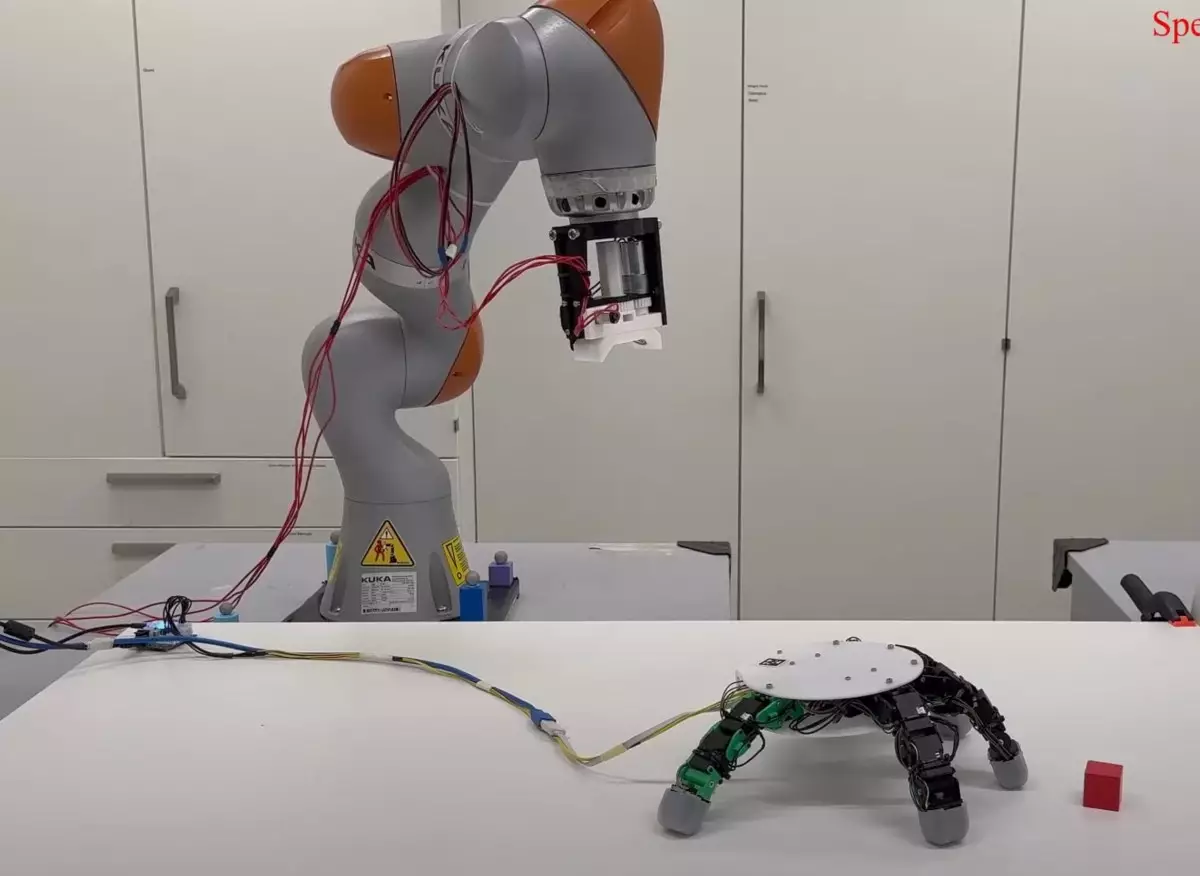In an age where robotics continuously seeks to replicate human abilities, the recent research video titled “Beyond Manual Dexterity” offers a refreshing and unnerving perspective. Debuted alongside an academic paper at the IEEE’s International Conference on Robotics and Automation in Rotterdam, this project from EPFL (École Polytechnique Fédérale de Lausanne) delves into the exploration of how robotic hands can surpass the limitations imposed by their biological counterparts. By utilizing advanced deep learning models, the research team is not only enhancing dexterous manipulation techniques for multi-fingered grasping but also igniting a conversation about the potential of robotics to evolve beyond current norms.
Traditionally, robotic designs have often mirrored biological forms. This imitation has guided many norms within the field, leading to the development of humanoid robots and quadrupeds that aim for realism in form and function. Yet, one must ponder if this reliance on biological inspiration is stifling creativity and innovation. The researchers challenge this narrative, asserting that there is no inherent reason for robotic hands to be confined by the limitations of human anatomy. By envisioning designs that take liberties with form and function, they explore the potential for robotic hands that bend in unconventional ways, capable of manipulating a broader array of objects.
A robotic hand that can operate independently, detaching from its base to navigate cluttered environments, embodies a stark departure from current designs. This audacious approach presents both a remarkable opportunity for enhancement as well as a potential descent into unsettling territory, challenging our comfort and understanding of robotics.
There lies a paradox within the evolution of these robotic hands; while they are advancing in versatility, their resemblance to human hands introduces an element of unease known as the “uncanny valley.” As these devices gain capabilities such as backward bending and autonomous movement, they evoke a sense of discomfort reminiscent of horror films where technology goes awry. According to researcher Xiao Gao, this intersection of robotics and horror represents a unique niche, as they strive to be pioneers in introducing such concepts into the technological landscape.
Despite the eerie implications, this research presents groundbreaking possibilities for robotics. It encourages a re-evaluation of preconceived notions surrounding the limitations of robotic design, instead promoting a vision where creativity drives innovation.
The potential applications for such advanced robotic hands are boundless, from enhanced surgical instruments to sophisticated automations in various industries. However, the scalability of these innovations poses a question—can this groundbreaking approach transition from an experiment to real-world implementation? As robotics continues to evolve, it may not only redefine man-machine interactions but also our own perceptions of reality. As we stand at the precipice of these developments, researchers urge us to push beyond immediate discomfort and explore the transformative possibilities these advancements promise.
Thus, “Beyond Manual Dexterity” highlights not just technical advancements but also the way we conceptualize robotics in a rapidly transforming world—where the line between human and machine becomes increasingly blurred.

